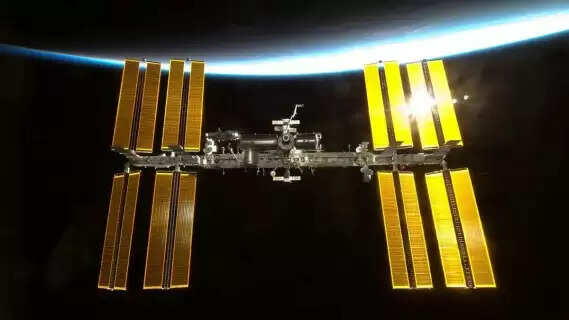
Summer evenings are perfect for stargazing. The peak meteor shower for this year is active, a partial lunar eclipse is visible just after that, the ISS makes regular visible passes for those living under city light domes and is easily detectable in the sky. The ISS has been inhabited for a twenty year stretch, gaining more and more stability built into quarter century features. The station makes a full orbit of the globe with the uniqueness of traveling in and out of a zone that is generally 51.6 degrees from the equator. While this means the station is stationed during the day for the solar panels, they are able to collect sunlight and illuminate the fate of ISS travelers. The ISS's nightly visibility has peaks where it can be accessed for viewing every month, and troughs where it can be viewed every few days. At this point, the ISS has a nightly visibility of just after sunset and a pre-dawn stretch.Viewing the ISS from the US At the moment, residents of Los Angeles fall under this group. The passes are from 8:43 PM to 9:00 PM and 10:17 PM to 10:30 PM. Then, from 9:00 PM to 9:30 PM the next day, there is another 30 minute window. It looks like satellites will be repeating the same passes on July 27 and 28, but a few minutes later. The best part of this is that no one is restricted to California, everyone will be able to see the passes from the rest of the US this week. As for New Yorkers, they can catch it today and tomorrow at 10:11 PM, and 9:22 PM tomorrow. It will be visible again on July 28 and 30. Instructions on how to track the ISS anywhere on the globe There are a number of official sites that can be used to track the passes to inform you properly. The one given here makes estimations about the angle and the brightness ISS will be visible. There is also NASA’s official tracking app that has alerts for the ISS when it is above you. “Iflscience is not responsible for content shared from external sites”How to view the ISS No binoculars or telescopes are needed to view the ISS. Like an American football field with both end zones, the ISS is hundreds of kilometers in the sky, but it is bright enough to be spotted with the naked eye. It really is bright enough to be spotted. In addition, it isn’t static but moves. Its movement is not at all like the movement of an airplane or satellite. It will be larger than you are probably expecting, will appear to be white, and will be skimming across the sky at a smooth, steady clip. If the ISS is overhead, you definitely will not miss it. In the case that the sky is not clear and the weather is poor, do not worry. The ISS is one of those things in life, vehicles, or even people that keeps making the same circle over and over.
Around the web

